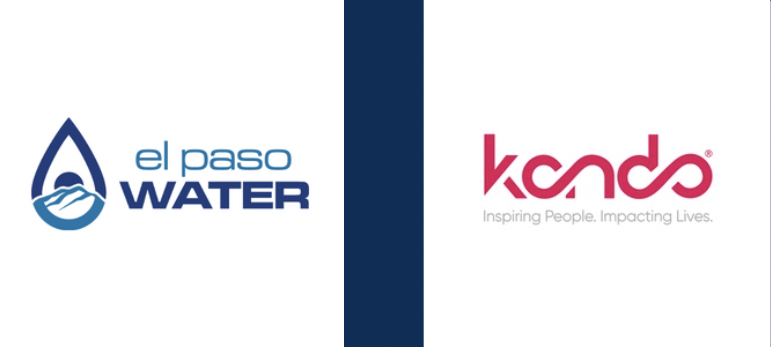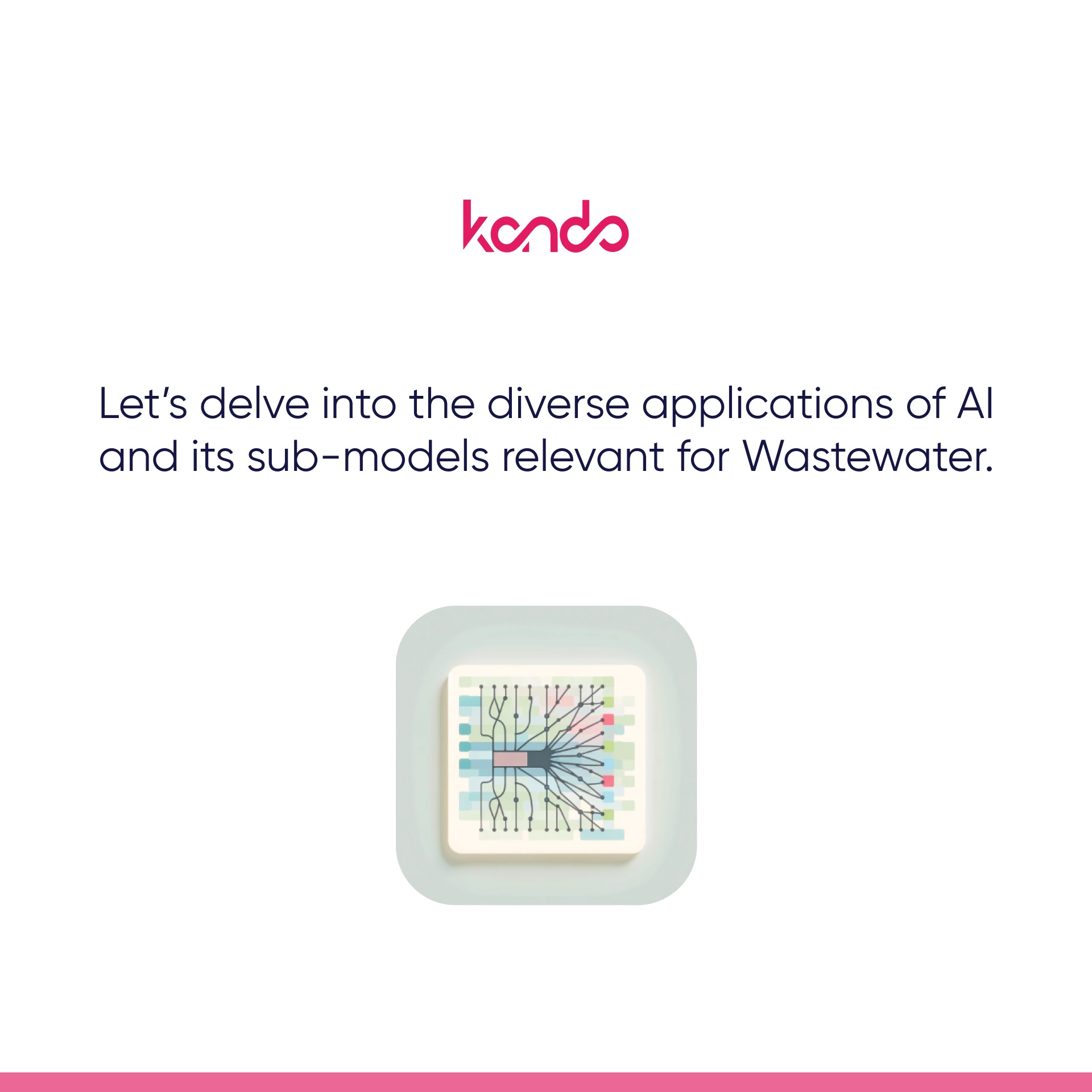Admin
January 10, 2023
Supporting Direct Potable Reuse by Improving Wastewater Quality in Texas

Prolonged droughts and depleted groundwater levels has led El Paso Water (EPW) to develop alternative water sources. After decades operating successful non-potable and indirect potable reuse programs, the municipality will be among the first in the US to utilise direct potable reuse (DPR), passing secondary effluent from the Roberto Bustamante Wastewater Treatment Plant (RBWWTP) through an Advanced Water Purification Facility (AWPF), before redistributing it to consumers.
To deploy a successful DPR program, wastewater entering the RBWWTP must comply with strict quality standards 24/7, no matter the source. Operators must be able to detect abnormal discharges to the network as they happen, and act to support wastewater stability.
THE CHALLENGE
The sewershed of RBWWTP includes 25 Industrial Users (IUs), which are controlled by EPW’s industrial pretreatment program. Samples collection to analyse and monitor wastewater quality from the industries is performed according to regulation demand. Flow from industrial sources accounts for 11% of the total flow received by the plant, therefore abnormal quality discharges can impact dramatically on the process and effluent quality. To ensure a smooth and cost-effective treatment operation, EPW wanted to identify IUs that discharge wastewater with high organic loads, as it increases operation costs through elevated aeration demands and compost creation.
THE SOLUTION
Working together, EPW and Kando determined 10 industrial zones for the project, with 10 significant industrial users (SIU) located within the combined area. The SIU in each zone were then defined by their specific wastewater and discharge profiles. Using a combination of GIS data and historic metadata analysis, data gathering units were placed to get an optimal network oversight to report wastewater conditions in real time.
Live condition data analysis simultaneously identifies abnormal discharge events, alerting operators to sudden changes in wastewater quality, and supports remote ‘triggered by event’ sampling. Eventually, the system provides clear insight as to the events’ likely source and it’s impact on the network.
RESULTS
Using Kando system, EPW operators have gained real-time network oversight which enables them to redirect to the river potentially contaminated effluents from RBWWTP to protect the advanced purification processes . Source detection allowed EPW pretreatment staff to identify the industrial areas contributing to high BOD loads arriving to the plant, pinpointing few food and beverage factories as the primary source of these events. EPW evaluates that reducing BOD discharges can save up to $500k/year of energy and operational expenses.
Your wastewater contains the data.
We just need to extract it so that you can optimize your operations.
Contact us and a member of our team will get back to you as soon as possible.



